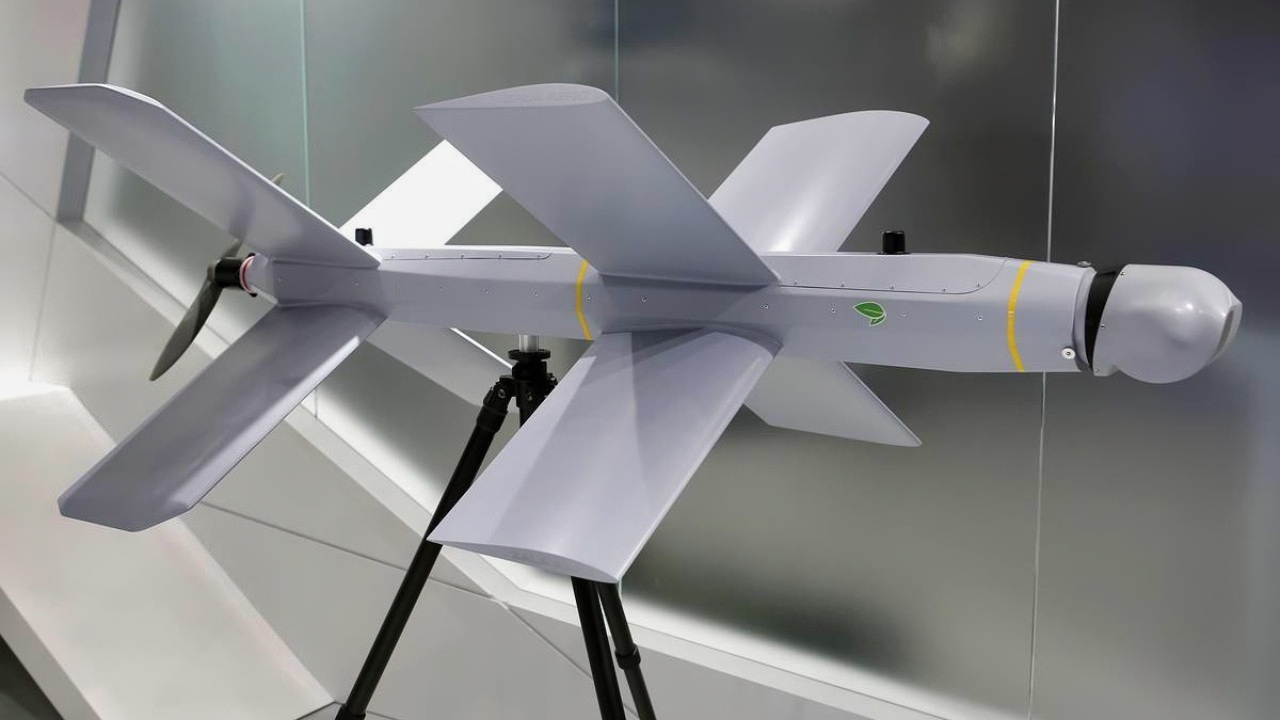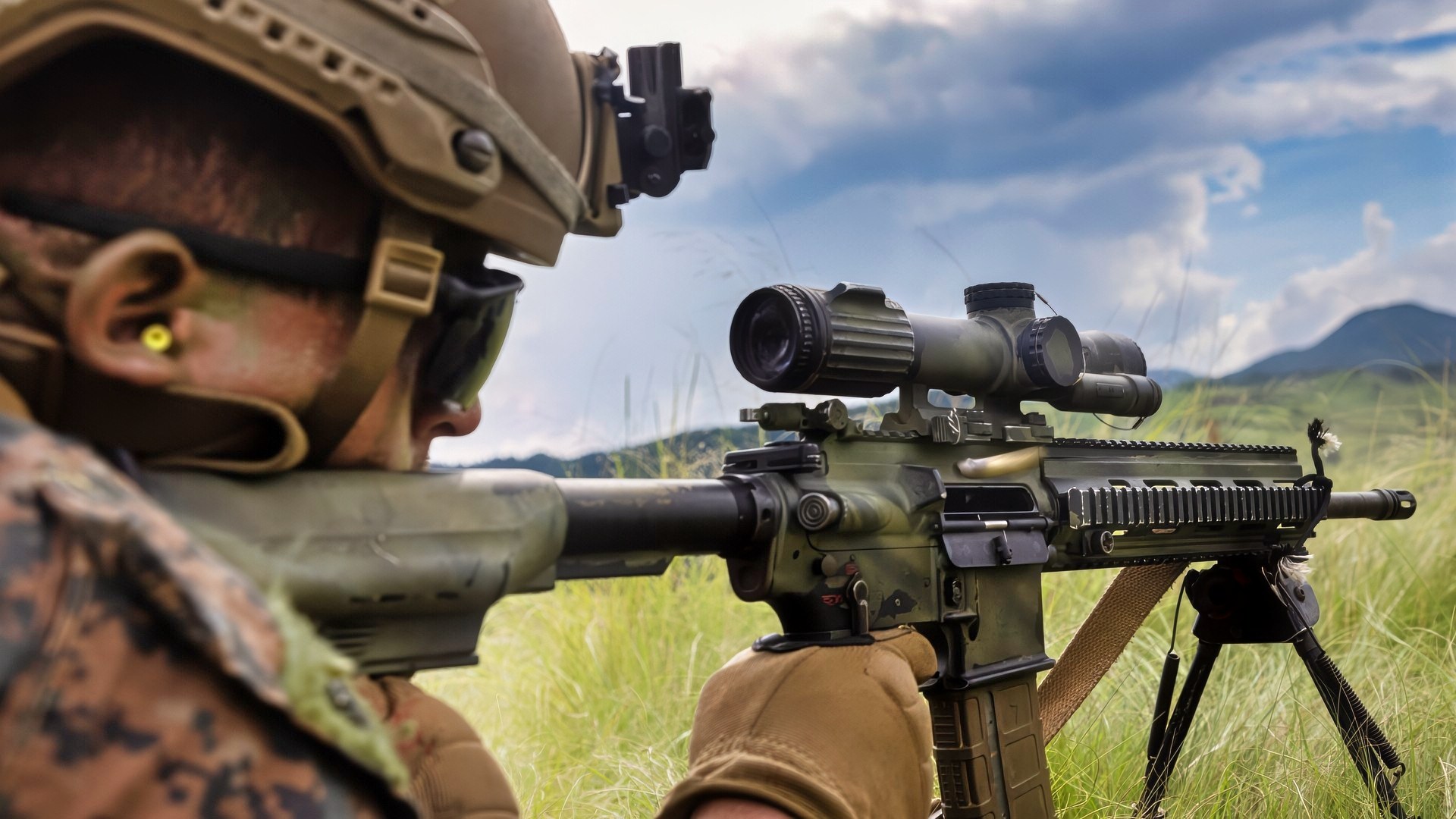Key Points and Summary – The U.S. Marine Corps is “massively pivoting” to its maritime roots under Force Design 2030, but has “fallen massively behind” in the cheap, expendable drone warfare perfected in Ukraine.
-Having focused on “larger, expensive drones” while “overlooking commercially available opportunities,” the Corps now faces a “drone deficit.”

CH-7 Drone from China. Image Credit: Creative Commons.
-To “close the gap,” it has established a new “Marine Corps Attack Drone Team” to standardize tactics “at scale,” acquire “one-way” FPV drones, and train Marines in counter-drone electronic warfare and signature management.
The Marine Corps Is Heading Into Its Drone Era
Over the course of the last decade, the US Marine Corps has been massively pivoting back to its maritime roots and preparing for major power combat, following years of counterinsurgency in Iraq and Afghanistan.
Part of this transition, accompanied by the creation of special “littoral units” — Marine Corps Air-Ground Task Forces and Amphibious Ready Groups —has involved a migration toward faster, lighter, more agile, and more expeditionary forces.
Among many things, this has meant that there continues to be a significant, growing role for unmanned systems, high-speed surveillance, and on-the-move tactical surface and ground systems armed with anti-armor weapons.
Some recent elements of this transition include the services’ Marine Corps Force Design 2030 strategy document, which emphasized “stand-in-forces.”
These are somewhat self-contained, closer-in units needing organic surveillance and unmanned systems support. Multi-domain networking with drones can keep them connected to a higher command echelon.

Lancet Drone. Image Credit: Russian State Media.
At the same time, ISR support will enable amphibious forces to move from ship-to-shore to littoral areas.
Forward operating “stand-in” forces will, according to Force Design, operate with a much greater concentration of drones, unmanned systems, and manned-unmanned teaming to ensure mobile ISR (intelligence, surveillance, and reconnaissance) and targeting and sustain connectivity with stand-off forces and other command and control nodes.
Therefore, to operationalize this vision and become more agile, faster, lighter, and more expeditionary—and even more lethal—the Corps will need more drones.
Much like the Army, the Corps has disproportionately emphasized larger, more expensive drones developed with advanced technology, so it is not working hard to keep pace with the rapid pace at which commercially available drones are being modified and adapted for war effectiveness in Ukraine.
Marine Corps Attack Drone Team
In response to the need for drones and the operational threats they pose, the Corps has now established a new Marine Corps Attack Drone Team to “standardize” and refine the tactics and procedures relevant to unmanned systems warfare.
“The purpose of the task force is to organize, train, and equip Marine Air-Ground Task Force (MAGTF) elements to achieve proficiency in employing both lethal and non-lethal unmanned aerial systems at scale. Supporting this effort is the years-long development, testing, and fielding of existing organic precision fires systems to Marine infantry units,” a Marine Corps essay on the unit states.
Part of the effort includes training Marines on how to detect and respond to RF, EW drone signals and “signature” management.
Signature management pertains to Marines recognizing passive versus active detection and how emitting a signal can reveal location to an enemy.
This also includes training on both “jamming” an EW signal and, conversely, hardening a signal against enemy jamming or intrusions.
There are now emerging technologies that can detect and learn the “IP protocol” of an enemy drone’s signal, bounce it off a database, and jam or even “take over” the flight path of an attacking drone.
The new units have drafted a UAS/C-UAS integration handbook for best practices and prepared advanced training for drone operators and drone defenders.
These new teams, a Marine Corps essay explains, are also designed to collaborate with the Defense Innovation Unit to purchase and distribute “one-way” attack drones.
The Corps’ essay on the new units also emphasizes the need for more “First-Person-View” (FPV) drones, small forward-operating EO/IR drones capable of looking into buildings, around corners, and over hills to improve precision attack and overall lethality significantly.
Many of these systems can be quickly purchased on the commercial market and modified for war, as has been the case in Ukraine.
To bring this vision to reality, the Corps will need to join the US Army and the broader Pentagon effort to increase US manufacturing capacity.
About the Author: Kris Osborn
Kris Osborn is the President of Warrior Maven – Center for Military Modernization. Osborn previously served at the Pentagon as a highly qualified expert in the Office of the Assistant Secretary of the Army—Acquisition, Logistics & Technology. Osborn has also worked as an anchor and on-air military specialist at national TV networks. He has appeared as a guest military expert on Fox News, MSNBC, The Military Channel, and The History Channel. He also has a Masters Degree in Comparative Literature from Columbia University.
More Military
China Might Have a Way to ‘Swarm’ U.S. Navy Aircraft Carriers
India Leases Russia’s ‘Stealth’ Nuclear Attack Submarines
The Mach 3 SR-71 Blackbird Deserves A Better Fate Than This
The F-14 Tomcat Fighter Was ‘Notoriously Difficult and Costly to Keep Operational’










